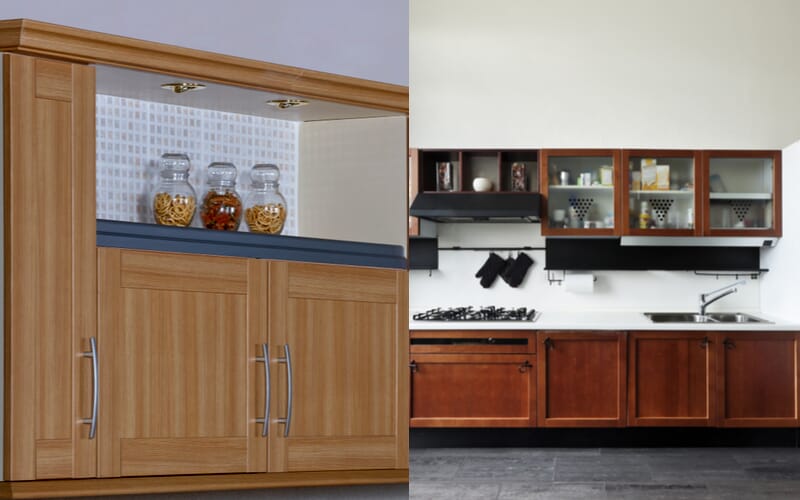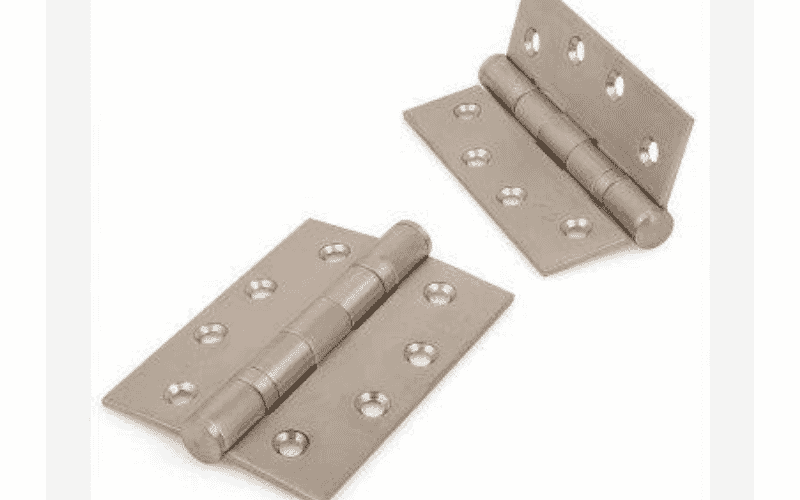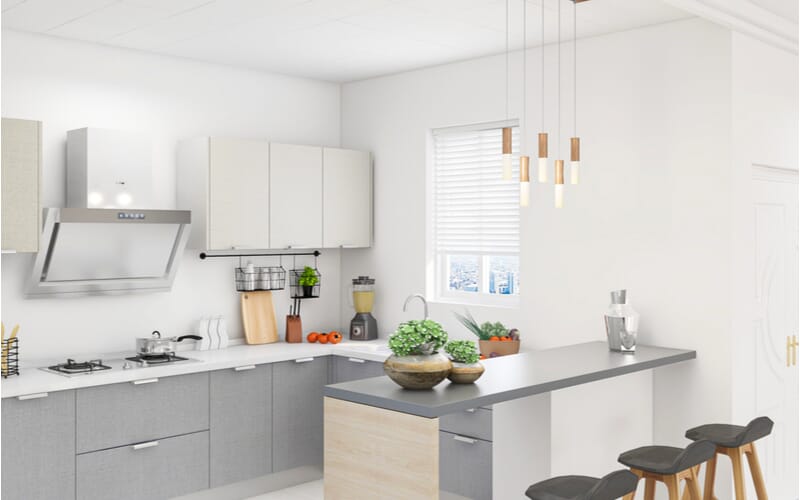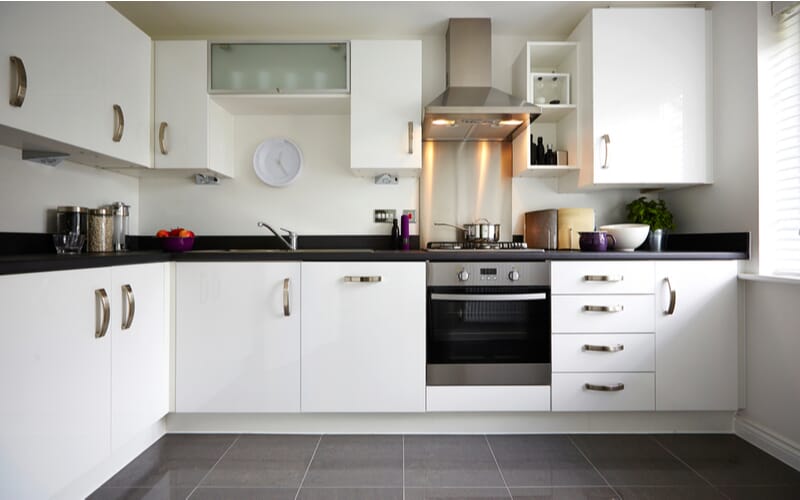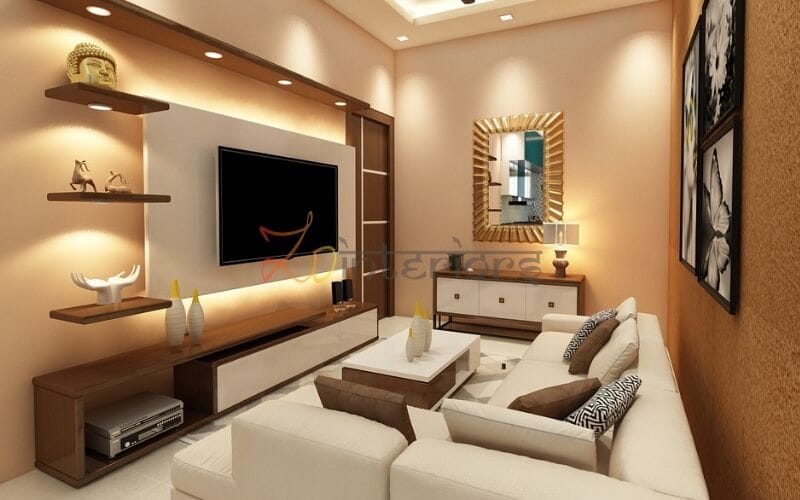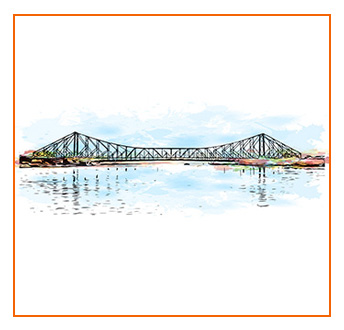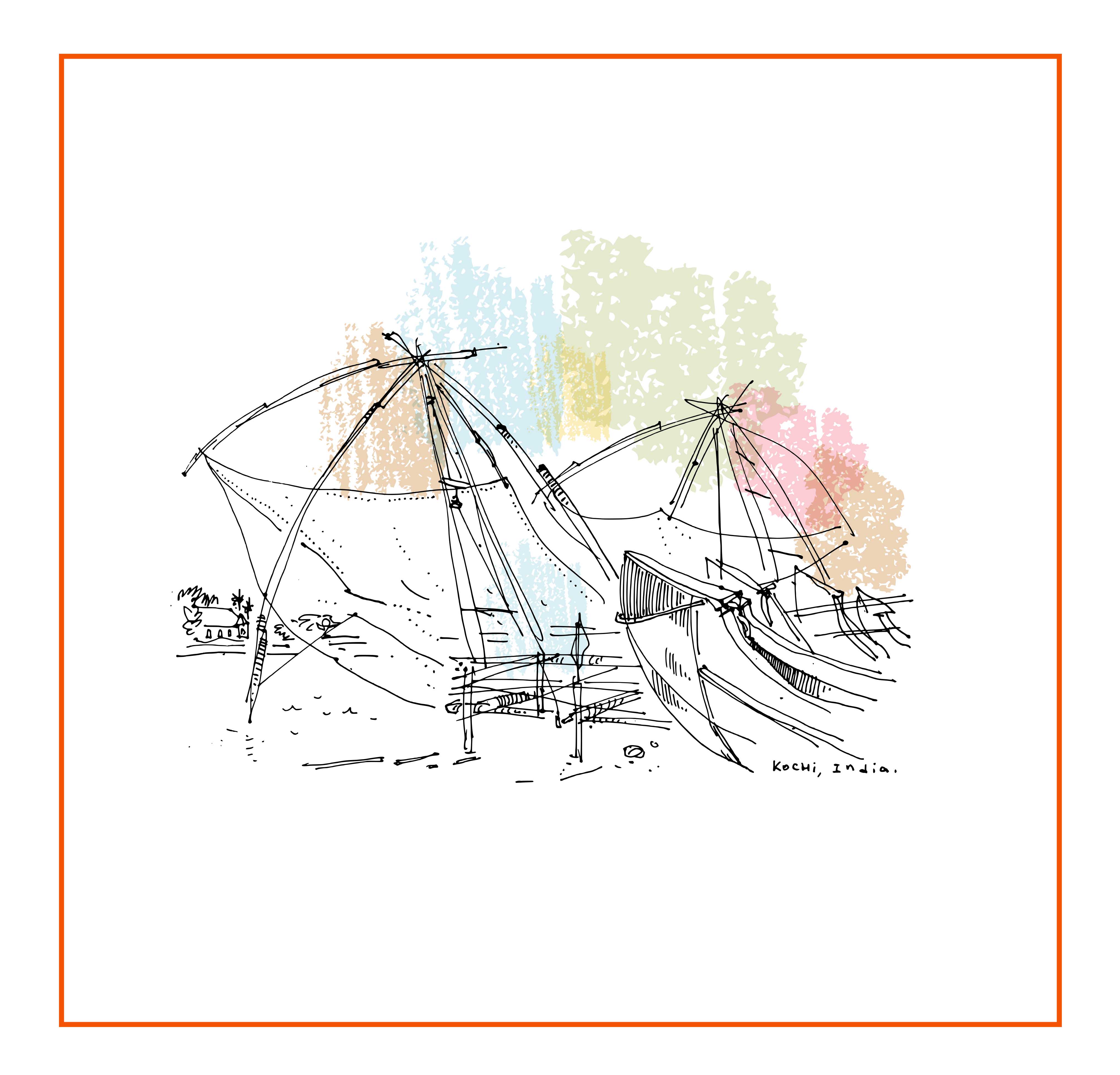Table of Contents
Marine Plywood Vs Wood-Plastic Composite
You couldn’t be too careful when it comes to selecting materials for your house furnishings. Plywood, Marine Ply, WPC, and other similar terms are commonly used in the interior industry, and you may be reading further about marine plywood nowadays. If you’ve ever wondered what the distinction is, or even whether there’s any at all, when and how to use it, and where to employ it, then this is the solution to your innermost queries.
What is Plywood?
To begin with, plywood is a man-made wood paneling comprised of a resilient surface and interior veneers. Veneers are sleek wood slabs, usually less than 4mm thick. To achieve the necessary width, such core veneers are mounted on top of another with alternate grain orientations. The layer’s load bearing capacity and impact resistance are provided by this structure. Plywood is made from wood fiber flakes that have been bonded together with resin using intense heat and pressure to form plywood, which is commonly used in making furniture, particularly cabinets, shelving, and closets.
What is Marine Plywood?
Marine plywood is produced using tropical hardwoods and is designed to be very resistant to moisture. The epoxy resins utilised are moisture-resistant, and the hardwoods have a reduced core separation, lowering the possibility of water retention. Bed bugs and insect infestations are also repelled by these resins. In other circumstances, the planks would be artificially treated to make them resistant to water, termites, and borer. When the hardwood comes into touch with water, the binding adhesive is very water-resistant, preventing the veneer panels from delaminating from each other. When it comes to building furniture for your home, this is one of the most cost-effective and long-lasting solutions. Commercial plywood is occasionally recolored to seem like marine plywood in the marketplace. Make sure you’ve got your product from a reputable company that offers a certification mark. It’s essential to have clear instructions from your provider on how to use a water-resistant glue like Fevicol Marine. Highly moisture-resistant adhesives, such as Fevicol Marine, provide a long life and excellent endurance to the ply and laminate, and are evaluated under harsh conditions to ensure strong moisture resistance.
Choosing the Plywood Grade
When purchasing marine plywood, pay attention to the quality and what it has to offer. Regarding the wall paneling, internal partitions, and equipment, select an interior standard marine plywood. If you live somewhere hot and damp, make absolutely sure that your wood can withstand it!
Comparison with Commercial Plywood
In terms of usability and looks, this kind of plywood could be compared to marine plywood, although it’d also be resilient to borer and termite infestations. The only distinction is that this substance isn’t as waterproof as marine plywood. As much as feasible, ensure that your plywood is constructed of non-toxic components, is warp-free (i.e. does not in itself twist and droop with time), and emission-free. If you’re looking for a water resistant material , a wood-plastic composite is a good option.
Where Should you Use Marine Plywood?
The most important fact to notice concerning marine plywood is that it is waterproof. It’s ideal for use in areas of the house that absorb moisture and require a long-lasting substance, such as the kitchen or the restroom. Construct kitchen cupboards and washroom shelves out of it. Commercially available plywood, on the other hand, might be appropriate for closets and loungeroom furniture wherein moisture isn’t an issue.
Advantages:
- Marine plywood is water-resistant and resists water infiltration.
- Due to the sheer cross connecting of numerous hardwood layers within it, nails, bolts, and other anchors can gain a firm grip on this plywood.
- This material is very elastic, which is a bonus. It can be twisted or curled without losing its structural integrity.
- Marine plywood’s outer surface is highly durable, making it ideal for tasks that are subject to wear and tear.
Wood-Plastic Composite
As the name implies, a wood-plastic composite is a product made up of wood pulp and thermoplastic elastomers (like PVC). Alternative fibers, such as bamboo, straw, and peanut husks, could be used. Such sheets have significantly superior textures and hues than marine ply, as well as being much more resistant to water. They could also be carved with routers to create extremely detailed designs.
Where Should you Use Wood-Plastic Composite?
- Wood-plastic composite, similar to marine plywood, could be utilized in hot and humid areas of the house, such as the bathrooms and kitchens.
- It could be a good material for those kitchen cabinets. The key advantage is that this product is extremely corrosion and degradation resistant.
- Another advantage is that you won’t need paint because this material comes in a range of fun colors.
- WPC can be sculpted into any form, including curves, which sets it apart from marine plywood. Take into account, nevertheless, that WPCs have a greater fire risk than wood due to the incorporation of plastics.
- It’s critical to select the right adhesive class for a better grade of hardwood or composite to live up to its potential. Fevicol offers a comprehensive selection of urban and business adhesives with cutting-edge technology and qualities like waterproofing, temperature resistance, high strength, and durability.
- It’s commonly used for sundeck and exterior cladding, as well as patio furniture and other woodworking projects.
Advantages:
- It is extremely long-lasting and resilient to the weather.
- Thermoforming WPC into any twisted or bending shape is possible.
- WPC can be stained to any color by adding coloured dyes to the original product.
- The substance is UV resistant and its shade doesn’t really fade fast.
- In WPC, hooks, bolts, as well as other attachments hold well.
- Because the product is extremely slip-resistant, it is ideal for use as an exterior deck surface.
- After placement, WPC does not require polishing or painting.
- It’s simple to keep clean and repair.
- WPC is created from recyclable materials, making it both ecologically friendly and affordable.
We hope that this elaborate rundown helps you make an informed choice regarding what might be best suited for yoru interiors.

